MARKET OVERVIEW
The Global e-beam Crosslinked Cables market stands at the forefront of technological advancements, catalyzing transformative changes in various industries. These cables, characterized by their crosslinked structure formed through electron beam irradiation, represent a paradigm shift in the landscape of cable technology. In essence, the market for Global e-beam Crosslinked Cables is a dynamic arena where innovation and functionality converge to redefine the capabilities of cable systems across diverse applications.
The Global e-beam Crosslinked Cables market addresses the pressing need for enhanced performance and reliability in electrical and communication systems. The electron beam crosslinking process imparts unique attributes to the cables, endowing them with superior thermal, mechanical, and electrical properties. This innovation finds resonance in sectors such as telecommunications, automotive, aerospace, and industrial applications, where stringent performance requirements dictate the choice of materials and technologies.
One of the key drivers propelling the Global e-beam Crosslinked Cables market is the imperative for increased data transmission speeds and efficiency. As the demand for high-speed data communication continues to surge, traditional cable solutions face limitations that impede seamless connectivity. In response to this challenge, e-beam crosslinked cables emerge as a solution that not only meets but exceeds performance expectations, positioning them as a cornerstone in the architecture of modern communication networks.
Moreover, the automotive industry stands as a noteworthy beneficiary of e-beam crosslinked cables, leveraging their resilience to extreme temperatures and harsh environments. As vehicles evolve into sophisticated, interconnected systems, the need for robust cabling solutions becomes paramount. The Global e-beam Crosslinked Cables market, with its capacity to endure challenging conditions, plays a pivotal role in ensuring the reliability and longevity of automotive electronic systems.
In the aerospace sector, where weight and space considerations are critical, e-beam crosslinked cables offer a compelling advantage. Their lightweight yet durable construction aligns with the demands of aerospace applications, contributing to the efficiency and safety of aircraft systems. This underscores the versatility of e-beam crosslinked cables as an indispensable component in the intricate tapestry of modern technological advancements.
The Global e-beam Crosslinked Cables market emerges not only as a technological innovation but as an enabler of progress across multiple industries. Its impact on communication, automotive, and aerospace sectors signifies a transformative force that resonates with the evolving needs of a technologically advancing world. As the demand for higher performance and reliability continues to shape the landscape of various industries, the Global e-beam Crosslinked Cables market stands tall as a testament to the power of innovation in redefining the possibilities of connectivity and electrical systems.
Global e-beam Crosslinked Cables market is estimated to reach $3,129.1 Million by 2030; growing at a CAGR of 8.3% from 2023 to 2030.
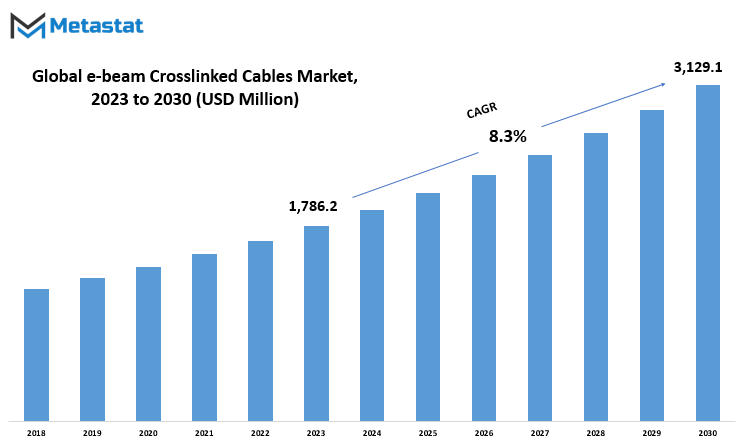
GROWTH FACTORS
The e-beam Crosslinked Cables market is propelled by key driving factors, steering it towards growth. These factors, critical to the market's upward trajectory, underscore its dynamic nature. However, challenges pose potential hurdles to this growth.
Despite these challenges, the market remains resilient and poised for opportunities that could pave the way for future expansion. In the coming years, opportunities are anticipated to emerge as a lucrative prospect for the market. This presents a positive outlook, signaling the potential for sustained growth and development.
The e-beam Crosslinked Cables market operates within a landscape shaped by both drivers and challenges. While challenges exist, the market's ability to capitalize on emerging opportunities suggests a robust and adaptable nature, indicative of its potential for continued advancement.
MARKET SEGMENTATION
By Type
The e-beam Crosslinked Cables market, a dynamic landscape of technological innovations, unfolds with a variety of cable types, each tailored to specific needs. The market’s segmentation by type offers a nuanced view of the diverse materials used in the cable industry.
The XLPE (Cross-Linked Polyethylene) segment takes center stage, boasting a valuation of 1000.1 USD Million in 2022. Renowned for its enhanced thermal and mechanical properties, XLPE is a stalwart in the cable industry, finding applications in various sectors due to its reliability and durability.
Following closely is the PVC (Polyvinyl Chloride) segment, valued at 331.2 USD Million in 2022. PVC cables, known for their cost-effectiveness and versatility, cater to a wide range of applications, making them a popular choice in the market.
The EVA (Ethylene Vinyl Acetate) segment, with a valuation of 169.3 USD Million in 2022, adds another dimension to the market. EVA cables, recognized for their flexibility and resistance to environmental factors, find utility in diverse settings, contributing to the market’s overall robustness.
The PE (Polyethylene) segment, valued at 85.4 USD Million in 2022, further diversifies the e-beam Crosslinked Cables market. Polyethylene, with its insulation and shielding properties, is a reliable choice for various applications, ensuring consistent performance.
The Others category, including PEX, FEP, and other materials, brings a distinctive touch to the market, with a valuation of 66.7 USD Million in 2022. These materials, although individually contributing to a smaller share, collectively enrich the market's offerings, meeting specific requirements in niche applications.
The e-beam Crosslinked Cables market, segmented by cable type, reflects a rich tapestry of materials, each with its unique set of attributes. From the stalwart XLPE to the versatile PVC, and the flexible EVA to the reliable PE, alongside the varied Others category, the market thrives on diversity. This nuanced segmentation ensures that the industry can meet a broad spectrum of needs across different sectors, solidifying its position in the evolving landscape of cable technologies.
By End User
In the e-beam Crosslinked Cables market, the varied end-uses carve distinct niches, each contributing to the market's dynamic tapestry. These end-uses form the backbone of the market, finding application across diverse sectors.
Utilities stand as a fundamental pillar in the utilization of e-beam Crosslinked Cables. In the intricate web of power distribution and transmission, these cables play a crucial role in ensuring efficient and reliable electrical supply. The Utilities sector, thus, becomes a significant consumer, leveraging the enhanced properties of e-beam Crosslinked Cables for robust power infrastructure.
Oil and Gas, another key player, integrates these cables into its operations to facilitate seamless communication and control systems. In the harsh and demanding environments of the oil and gas industry, the resilience of e-beam Crosslinked Cables becomes paramount, ensuring uninterrupted data flow and operational integrity.
The Chemical sector, with its complex processes and stringent requirements, benefits from the chemical resistance and durability offered by e-beam Crosslinked Cables. This makes them a preferred choice for the intricate network of communication and control within chemical facilities, enhancing overall operational safety and efficiency.
Manufacturing, a versatile sector with diverse needs, finds value in the flexibility and reliability of e-beam Crosslinked Cables. These cables serve as a vital component in the machinery and control systems, ensuring a seamless and responsive manufacturing process.
Metals & Mining, operating in challenging environments, leverages the durability and resilience of e-beam Crosslinked Cables for effective communication and control in mining operations. The robust nature of these cables withstands the rigors of the mining industry, contributing to operational efficiency.
Infrastructure and Communication, pivotal in our interconnected world, benefit extensively from the application of e-beam Crosslinked Cables. Whether in telecommunications networks or critical infrastructure projects, these cables provide a reliable backbone, ensuring connectivity and data transfer.
In the broader spectrum, the category of Others encapsulates the diverse range of sectors that find utility in e-beam Crosslinked Cables. This catch-all term represents the adaptability of these cables, catering to unique and evolving needs across different industries.
The e-beam Crosslinked Cables market, through its diverse end-uses, underscores the versatility and adaptability of these cables across various sectors. From powering utilities to facilitating communication in challenging environments, these cables have woven themselves into the fabric of critical industries, enhancing operational efficiency and reliability.
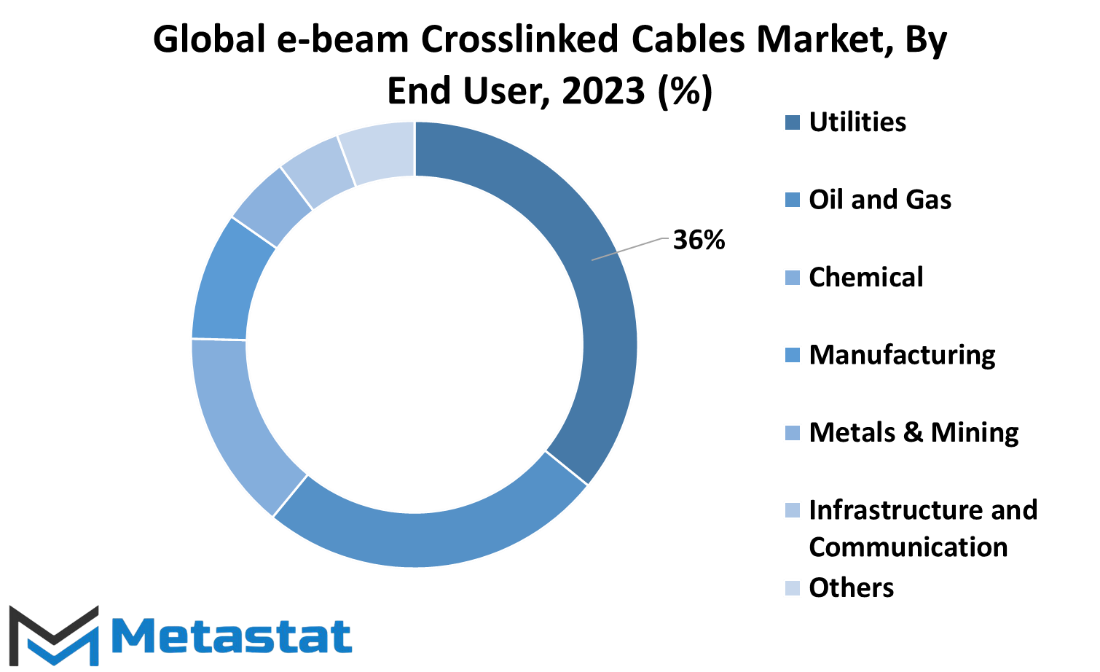
REGIONAL ANALYSIS
The global e-beam Crosslinked Cables market is geographically segmented into North America and Europe. This division allows us to understand how the market dynamics vary across these regions.
Starting with North America, the e-beam Crosslinked Cables market here reflects the technological advancements and industrial landscape characteristic of this region. The demand for high-performance cables, benefiting from e-beam crosslinking, aligns with the region's emphasis on innovation and cutting-edge solutions. Factors such as stringent quality standards and a focus on sustainable practices contribute to the market's shaping.
On the other side of the Atlantic, Europe showcases its own unique dynamics within the e-beam Crosslinked Cables market. Here, a combination of industrial prowess and a commitment to environmental sustainability influences market trends. The European market often leans towards eco-friendly solutions, and e-beam crosslinking aligns well with these preferences. The emphasis on energy efficiency and reducing environmental impact further drives the adoption of these cables in various applications.
The geographical segmentation of the e-beam Crosslinked Cables market into North America and Europe provides a lens through which we can discern the nuanced preferences and demands of these regions. While both share a common interest in advanced cable solutions, the specific industry landscapes and regional priorities contribute to the shaping of this market in distinct ways.
COMPETITIVE PLAYERS
In the e-beam Crosslinked Cables market, key players are instrumental in shaping the industry landscape. Notable contributors to this sector include Prysmian S.p.A. and Nexans A.S. These industry leaders play a pivotal role in driving innovation, setting standards, and meeting the growing demands of the market.
Prysmian S.p.A. stands out as a significant player, bringing its expertise to the e-beam Crosslinked Cables industry. Their contributions extend across various applications, showcasing a commitment to delivering quality products that align with market needs. The company's presence underscores the dynamic nature of the e-beam Crosslinked Cables market and the importance of established players in steering its trajectory.
Similarly, Nexans A.S. is a key participant, contributing to the diversity and competitiveness of the e-beam Crosslinked Cables sector. As a player with a global footprint, Nexans A.S. influences the market with its innovative solutions and strategic initiatives. The company's involvement reinforces the collaborative nature of the industry, where key players collectively shape its direction.
Together, Prysmian S.p.A. and Nexans A.S. exemplify the vibrancy of the e-beam Crosslinked Cables market. Their roles extend beyond mere market presence; they actively influence the industry's dynamics, ensuring it remains responsive to technological advancements and market demands. These key players, through their contributions, underscore the cooperative and dynamic nature of the e-beam Crosslinked Cables sector.
e-beam Crosslinked Cables Market Key Segments:
By Type
- XLPE (Cross-Linked Polyethylene)
- PVC (Polyvinyl Chloride)
- EVA (Ethylene Vinyl Acetate)
- PE (Polyethylene)
- Others (PEX, FEP, etc.)
By End-Use
- Utilities
- Oil and Gas
- Chemical
- Manufacturing
- Metals & Mining
- Infrastructure and Communication
- Others
Key Global e-beam Crosslinked Cables Industry Players
- Prysmian S.p.A.
- Nexans A.S.
- Furukawa Electric
- Leoni AG
- HUBER+SUHNER AG
- Allied Wire and Cable
- Southwire Company, LLC.
- UKB Electronics Pvt. Ltd.
- APAR Industries Limited
- SACO AEI Polymers
- Siechem Technologies Pvt. Ltd.
- TE Connectivity Ltd
- Tempsens Instrument Pvt. Ltd.
- Anand Cables
- Thermo Cables Ltd.
WHAT REPORT PROVIDES
- Full in-depth analysis of the parent Industry
- Important changes in market and its dynamics
- Segmentation details of the market
- Former, on-going, and projected market analysis in terms of volume and value
- Assessment of niche industry developments
- Market share analysis
- Key strategies of major players
- Emerging segments and regional growth potential




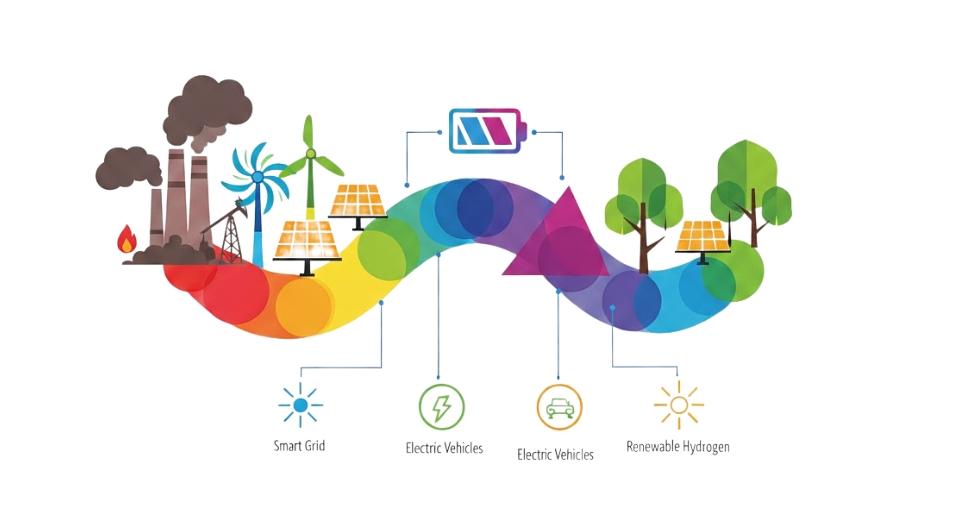
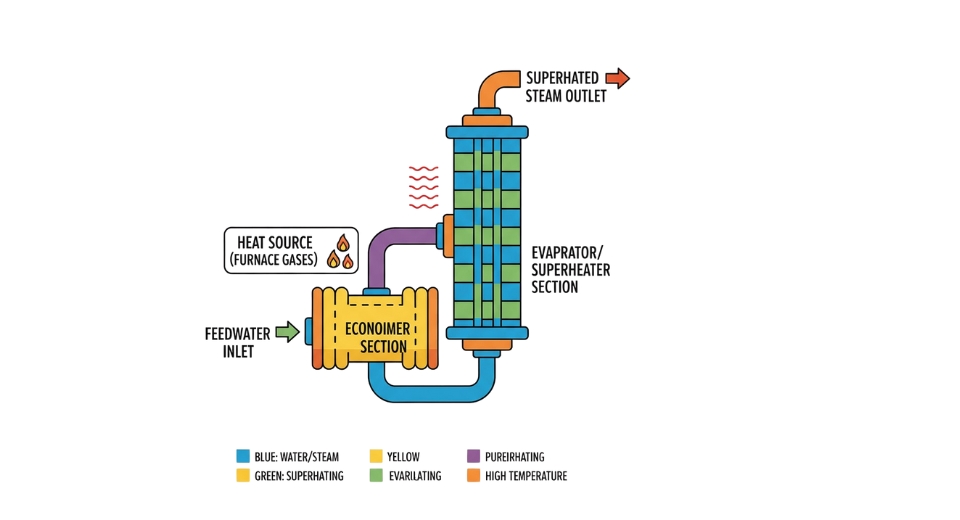
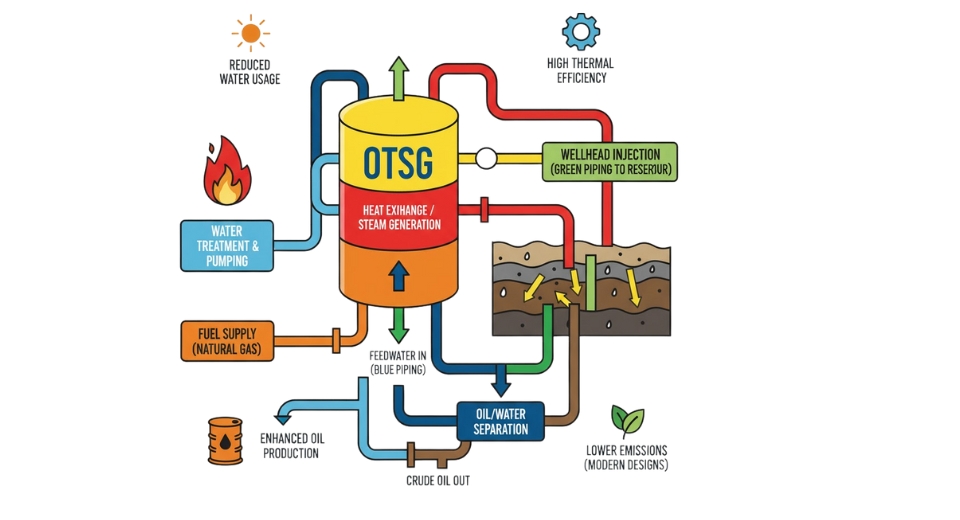

 US: +1 3023308252
US: +1 3023308252






